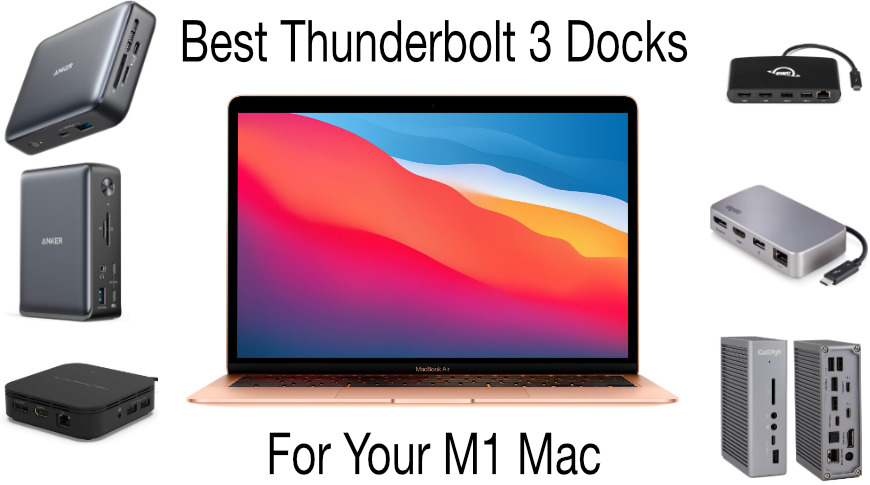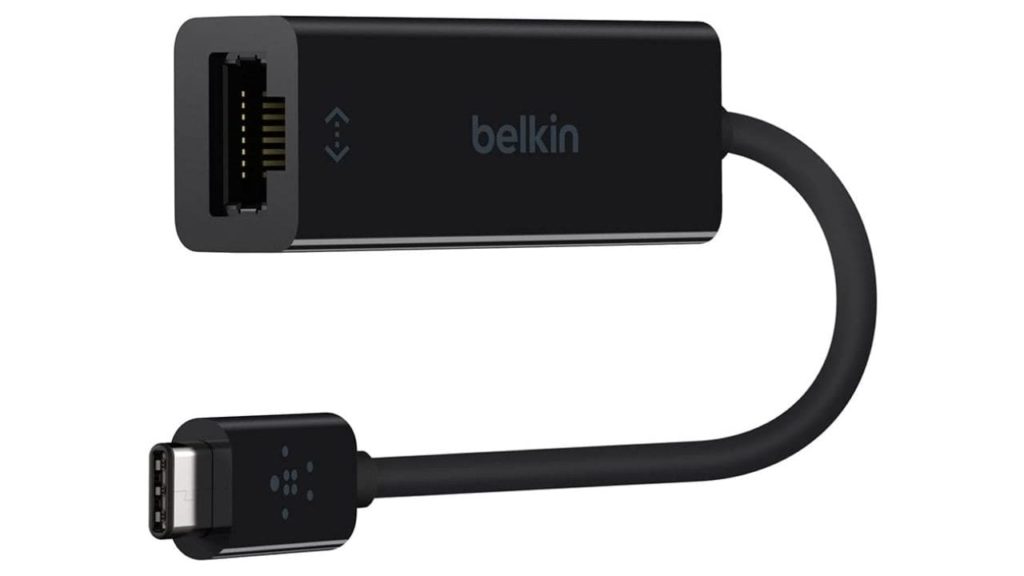
#M1 mac ethernet adapter mac
The M1 Apple silicon MacBook Air, MacBook Pro, and Mac mini released in November were the first Macs to support the new and faster WiFi 6 protocol. Apple says in tandem, the new speakers and woofers create "the best speakers in any Mac." Spatial Audio is available on compatible iPhone and iPad devices with Dolby Atmos content, and now it's coming to the Mac for the first time. This is enabled by six brand new high-fidelity speakers that work in junction with force-canceling woofers. The 24-inch iMac is the first Mac to feature built-in Spatial Audio with Dolby Atmos. In the aftermath of the event, a few new features and tidbits may have slipped under the radar, so we’ve compiled this list of some of the less-talked-about features and changes of the new 24-inch iMac. The new iMac, the first major redesign of the Mac desktop computer since 2012, has several changes compared to the previous generation. While we do not recommend plugging the Luna hardware unit into any adapters or docks, using an adapter or dock for your Ethernet or Thunderbolt cable should not affect your connection through Luna.Apple yesterday announced a completely redesigned 24-inch iMac with the M1 Apple silicon chip.

Here is Apple's support article for troubleshooting a Thunderbolt connection on a Mac. check your cable to make sure it is Thunderbolt compatible.make sure both ends of the Thunderbolt cable are fully connected to each Mac, or router or access point.More Thunderbolt Connection Troubleshooting The connection status on the left side menu panel will also change to a yellow dot and labelled as "Self-Assigned IP". Once your primary Mac detects that it is connected to your secondary Mac, an IP Address will be shown in the IP Address section.

In the left side menu, select Thunderbolt Bridge and ensure that Configure IPv4 is set to "Using DHCP".

On your primary Mac, open Network Preferences by going to System Preferences > Network, or by clicking on the Wi-Fi symbol in your menu bar and selecting "Open Network Preferences". Make sure you are using a Thunderbolt cable, as regular USB-C to USB-C cables (like the Mac's charging cable) will not work. Troubleshooting the Thunderbolt ConnectionĪ Thunderbolt bridge needs to be established between your Macs before Luna can connect using a Thunderbolt connection. Here is Apple's support article for troubleshooting an Ethernet connection on a Mac. create or switch to a new network location on your Mac.restart your Macs, or restart your router or modem.make sure both ends of the Ethernet cable are fully connected to each Mac, or router or access point.If your devices are connected via Ethernet, the Status will change to Connected and the left side menu panel will either say "Connected" or "Self-Assigned IP" under the USB/LAN option.

On your primary Mac, open Network Preferences by going to System Preferences > Network, or by clicking on the Wi-Fi symbol in your Mac's top menu bar and selecting "Open Network Preferences". In the Mac-to-Mac tab, change "Allow any network interface" to your preferred connection method: Connect via Wi-Fi only, Connect via Ethernet only, or Connect via Thunderbolt only. In your Mac's top menu bar, click on Luna Display then Preferences. You can also adjust Luna's settings so that Luna will only connect over an Ethernet or a Thunderbolt connection, instead of Wi-Fi. Luna should connect automatically if it detects an active Ethernet or Thunderbolt connection between your Macs. Why is my Ethernet or Thunderbolt connection not working? Mac-to-Mac Mode: Connect via Ethernet or Thunderbolt Only


 0 kommentar(er)
0 kommentar(er)
